What is Scandi Design?
What is Scandi Design?
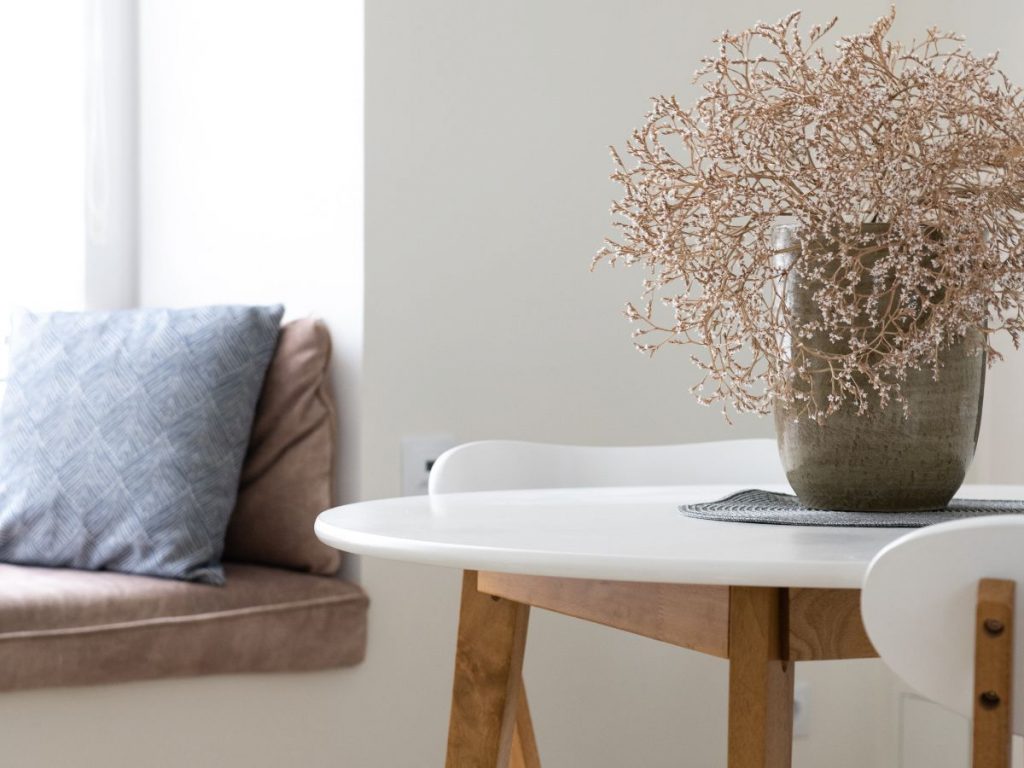
Scandi, or Scandinavian interior design is a minimalist and functional design style originating in Nordic countries such as Norway, Denmark, and Sweden in the early 20th century.
Characterised by its linear simplicity, neutral colour palette, and clean functionality, this iconic design style has quickly grown in popularity choice, and there are many ways that you can incorporate this enduring organic aesthetic into your home. Let's delve into the core elements and principles of this design style.
Functionality First
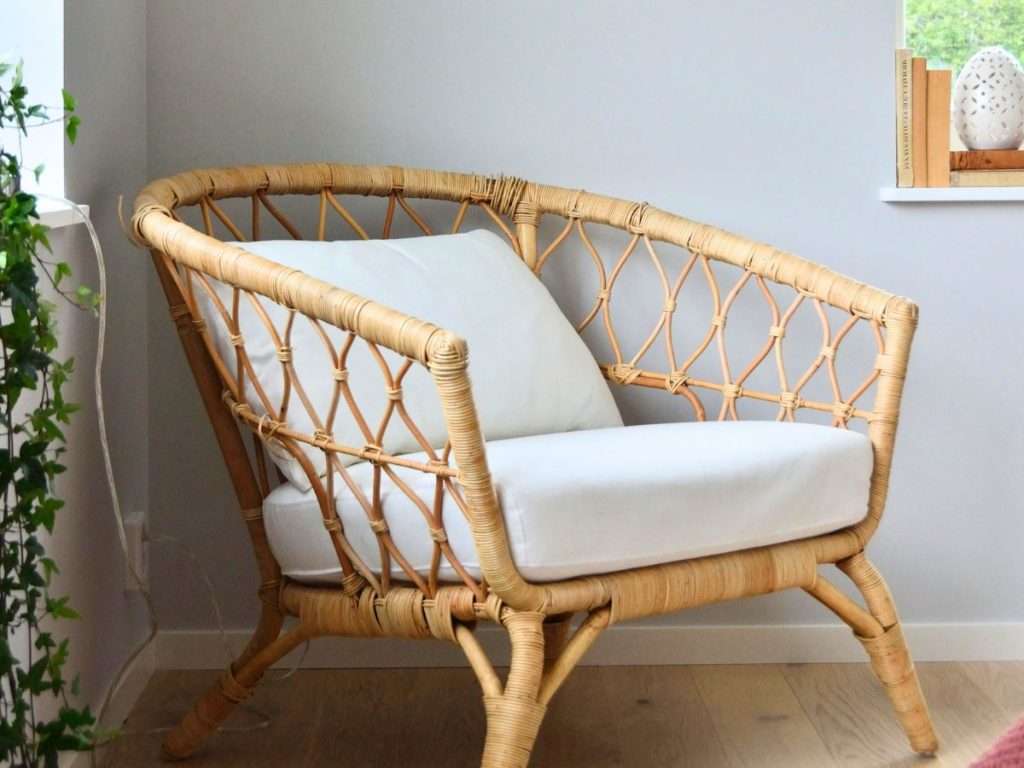
At the heart of Scandi design is functionality, with the emphasis of practicality working together with ornamentation. Thought goes into every piece of furniture. With the exception of houseplants, you will not find much in the way of excessive decoration for aesthetics’ sake. Instead, all items within the space should be guided by its intended use. Each piece of furniture serves both decoration and useful function.
This minimalist approach creates a sense of light and air which is particularly important in smaller homes and spaces. Keeping decorative elements to a minimum, such as avoiding excess and clutter is key.
A Soft Colour Scheme
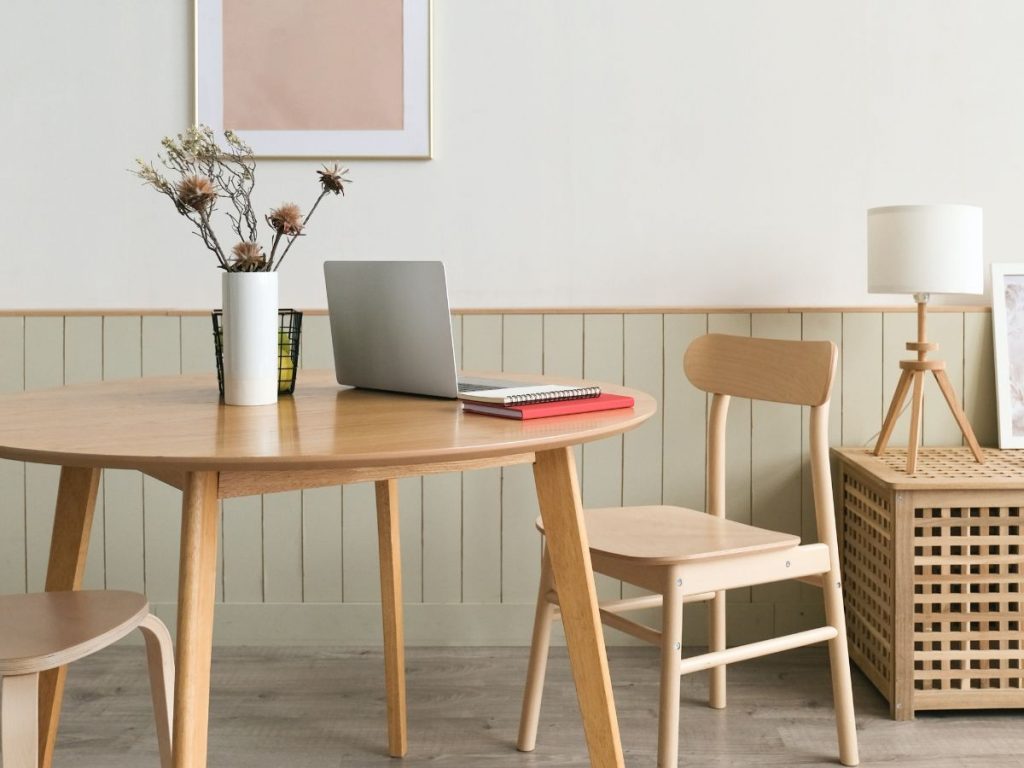
A Scandi colour palette favours neutral colours. Muted tones such as cream whites, beige, greys, soft browns, and taupe lend to a relaxing yet refreshing atmosphere. Pair with subtle accents of matt black or deep sumptuous browns to contrast these clean colours. This creates a sense of tranquillity and ushers the theme of simplicity throughout the space.
Elements of Nature
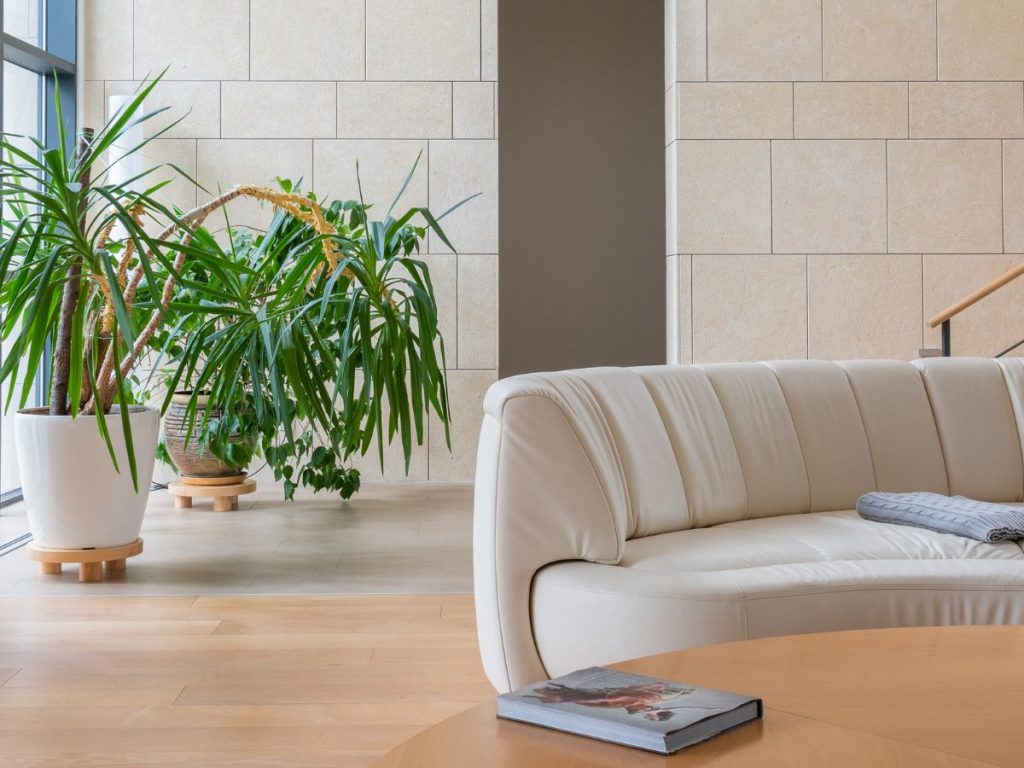
Scandinavian countries are renowned for their stunning natural landscapes, and Scandi design draws inspiration from this. Natural woods, especially light woods such as pine and birch play a significant role, as well as leather, wool, wicker, and stone are all commonly used materials. These add texture to muted tones.
Avoid harsh, manmade materials such as polished metals or acrylics that will detract from this soft and organic aesthetic. Incorporating luscious green houseplants brings a fresh element to your design. This further lends to the natural elements of a Scandi interior.
Lighting a Scandi Space
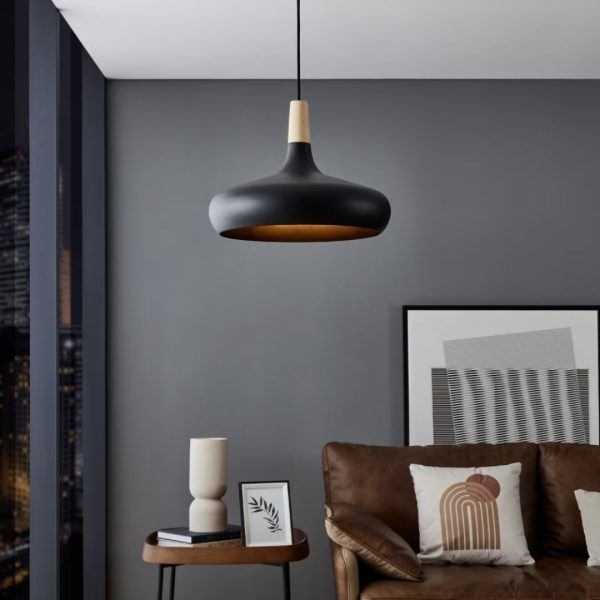
Scandi interiors are designed to maximise natural light as best they can, with large windows and open spaces contributing to the airy feel of this interior design. However, this is not always an option. Smaller spaces, limited window access, and darker winter evenings can have a significant impact on how you would light a Scandi designed space.
Smooth lines, neutral colours, and natural materials are favoured when selecting lighting. Choose materials such as raw wood elements paired with matte painted surfaces, wicker, and neutral toned fabric shades with sleek curved to really tie this unique interior style together.
Be careful not to select a light temperature that will offset the natural feel of your space. A light that is too cool for your space will appear harsh and remove the subtle shades and tones of your muted palette, while too warm will close the space in. Select a bulb between 3000k and 4000k to bathe your space in a more natural and refreshing light. To find out more about colour temperature, visit our blog What is Colour Temperature.
Hygge
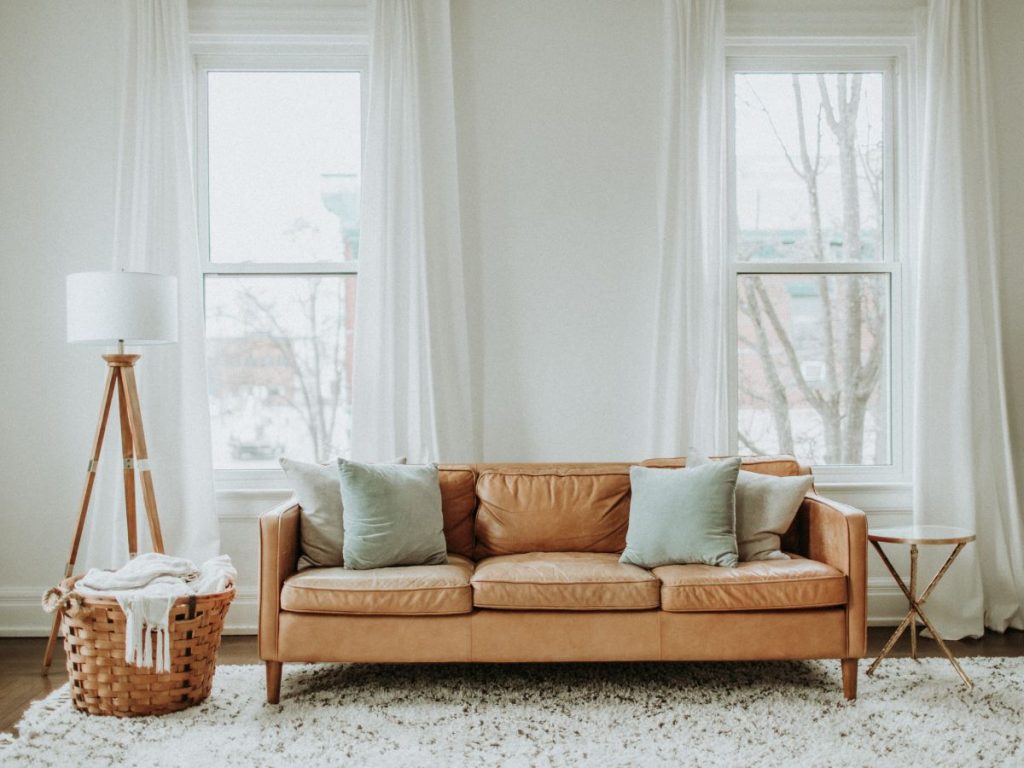
The concept of Hygge is closely associated with Scandi design, and embodies the feeling of cosiness, comfort, and contentment. Incorporating soft furnishings, cushions, warmer lighting will move your cool and fresh Scandi design into a warmer and more inviting Hygge atmosphere.
With its clean lines, neutral colours, and emphasis on light, Scandi embodies simplicity, functionality, and a connection with nature. Whether you're looking to redesign your living room, bedroom, or workspace, incorporating Scandi design can elevate the overall and harmony of your space
[related_products is_auto_added="1"]

